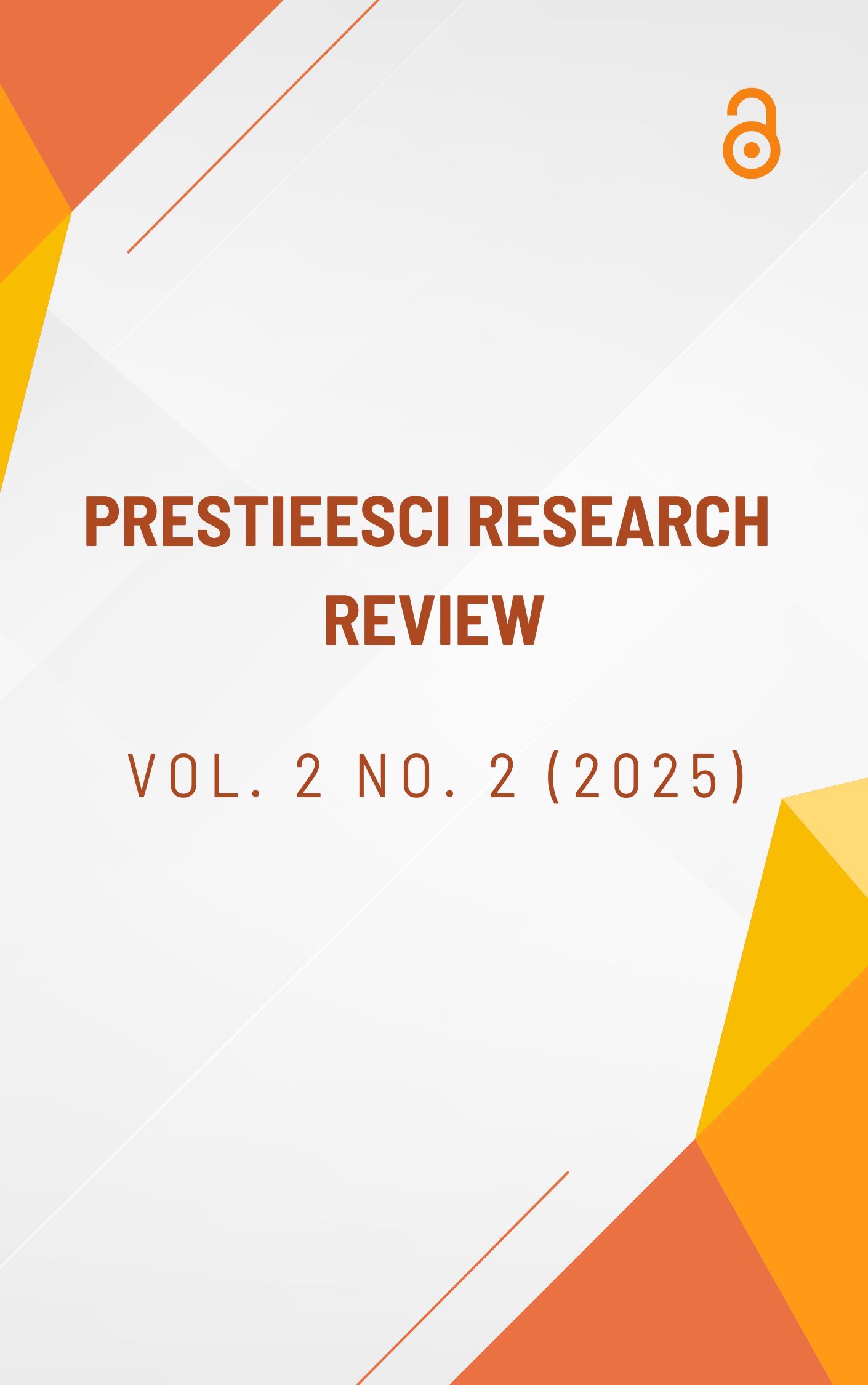TAILORING CLIMATIC SYSTEM ASSUMPTIONS THROUGH ADVANCED ARTIFICIAL INTELLIGENCE (AI) TECHNIQUES: A STUDY IN BEIJING, CHINA.
Keywords:
Global Warming, Climate Change, Extreme Meteorological Phenomena, Adverse Weather, Artificial Intelligence, Machine Learning, Climate ModellingAbstract
“Enhancing Sustainable development Network Estimates with Advanced Artificial Intelligence (AI) Methods such as An Investigation in Beijing, China” finds that state-of-the-art AI methods might be used to improve the accuracy of climate change predictions. Improving the accuracy of climate predictions using artificial intelligence techniques such as deep learning networks and machine learning algorithms is the primary goal of this study, since conventional climate models fail to adequately depict complicated, non-linear climate systems. The research delves into the difficulties of weather forecasting in the Beijing area, where heavy pollution and fast urbanisation cause major changes in the local climate, including changes in temperature, humidity, and precipitation. Researchers may enhance their capacity to forecast future climate scenarios, do more precise risk assessments, and make better judgements on adaptation and mitigation methods by using AI technology to massive amounts of meteorological data. Through enhanced prediction models that are customised to Beijing’s distinct meteorological circumstances, this article showcases the effective use of AI in environmental research, illustrating how AI has the potential to transform climate policy. Already, global warming has cost businesses and consumers more than $500 billion and poses a serious danger to economies throughout the globe. The effects on both urban and natural ecosystems are detrimental. Some of these problems could be amenable to artificial intelligence’s (AI) timely recommendations based on accurate climate change projections, which it derives from a wealth of online resources. Energy conservation, carbon absorption and storage, transportation, grid administration, building design, transportation, precision agriculture, industrial processes, resilient cities, and reducing deforestation are some of the areas that artificial intelligence is being used for in recent research and in practical applications.




